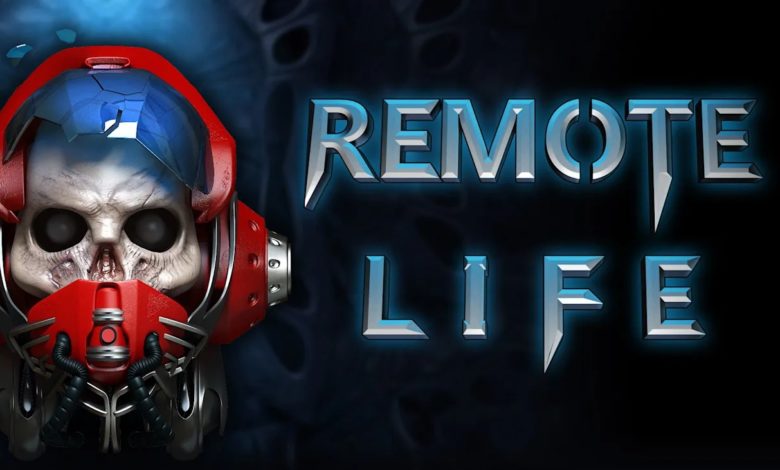
Interview: Remote Life developer Mario Malagrino (Next Game Level)
Remote Life is a terrifyingly fun sci-fi/horror shmup that was released on consoles this week by solo indie developer Mario Malagrino and his studio Next Game Level.
While we’ve been thoroughly enjoying our time playing Remote Life (and dying a lot!), we wanted to learn more about the game, so we reached out to Malagrino, and he graciously accepted our interview invite. Please read on to learn more!
Mega Visions: First off, can you tell me your name and where your company Next Game Level is based?
Malagrino: My name is Mario Malagrino, and I am the solo game developer of Remote Life. I am living in Florence, Italy – one of the most iconic cities of the world!
Mega Visions: Can you tell me a bit about your history with video games? What was your first console and games you first remember playing?

Malagrino: I began playing video games in the ’70s when I was 5 or 6 years old, starting with the Atari 2600. I loved Pac-Man on Atari, and I also enjoyed River Ride, Adventure and several other games. But the game I still play even today is the great Atari racing game Enduro.
After the Atari 2600, my dear parents bought me and my twin brother Robert an Amiga 500. What a great time. My very first game I played there was Plutos – a cool space shooter. I also loved Test Drive, Defender of the Crown, Barbarian and so so many other games. Around this time, I started using software like Deluxe Paint 2, and I made my first animation when I was 12 years old. That was the start for me in the world of digital art.
I played also the Spectrum ZX, C64 and Super Nintendo … so more or less, all the gaming machines that came out between ’70s and ’90s. I admired the game’s graphics and loading screens in those times because they were made with such great talent!
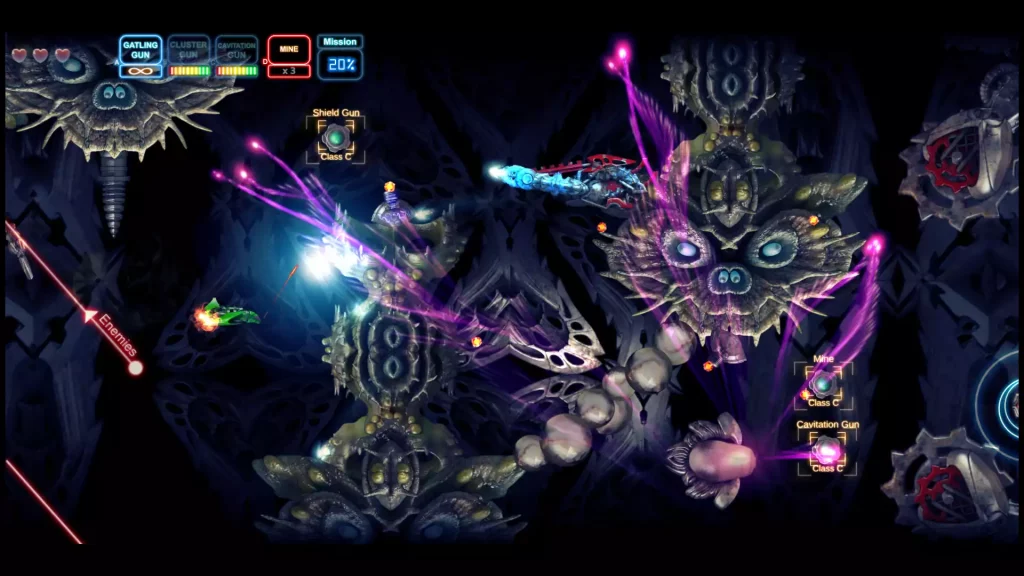
Mega Visions: What games have had the most impact on you personally and professionally? What did you learn from these games as a game developer?
Malagrino: Many people have asked me if arcade games have inspired me, but the real first shoot ’em up I played was Vanguard on the Atari 2600. It was one of the very few games that had many different levels with different layout and level design. For an Atari game that was incredible. This was what fascinated me. I think that game taught me that variety in a sci-fi world is very important to avoid a boring game play. Every level had different enemies. For me it was like playing many different games in the same time.
Mega Visions: How did you get into game development? Was there a specific moment in your life when you knew you wanted to develop games?
Malagrino: On the Amiga 500, a classmate showed me a little game editor called SEUCK. At that moment, I realized any person can create a video game. For a 14 year old kid in the ’90s, learning game development was like discovering a new species of animals. That was the start of it for me. I realized that with the skills I got with Deluxe Paint 2, I could combine sprites with code. Sadly, I was not ready at all to create a game, but I continued to sketch concepts for games.
Just a few years ago, I told myself, “Let’s do it now … let’s fulfill my dream I had as kid.” I watched many videos about game development on the internet and tried to understand how to even get started. In the end, I just got started somehow. ?
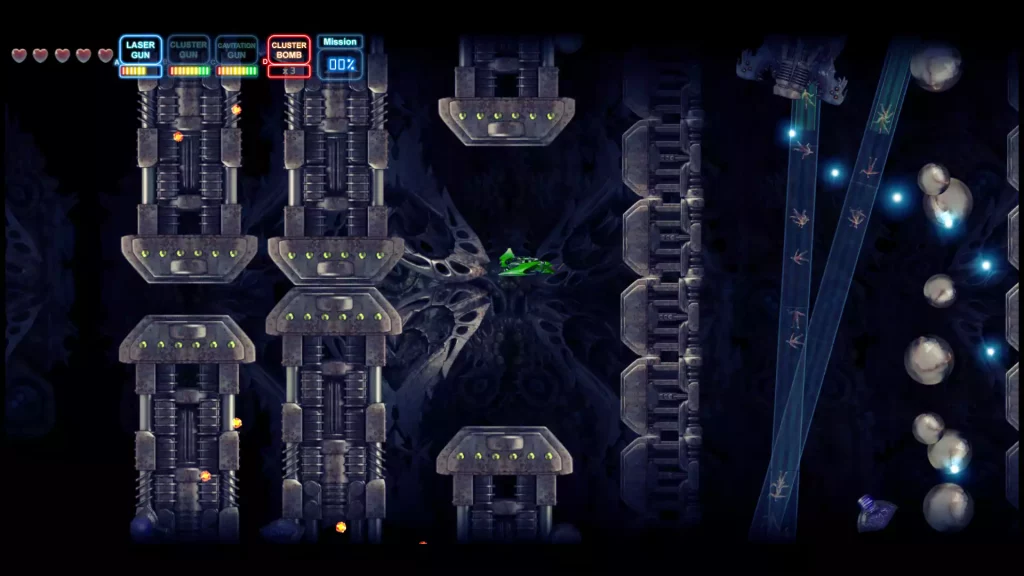
Mega Visions: Now let’s talk about Remote Life! How did you get the idea for the game and what were your inspirations when you set out to develop it?
Malagrino: I never want Remote Life to be compared to any other game. I wanted to make a game that was different, and a game that I always wanted to play as kid, with big, scary monsters, tons of cool weapons, techno music and so on.
The only real art inspiration I get is from insects and sea creatures. I always say the greatest of all designers is God, so let’s be inspired from God’s great taste and his creatures. If you ever have admired the face of a tiger, you understand what I mean.
Mega Visions: Can you talk a bit about the development process for Remote Life? I understand it took about three years, but you pretty much developed the game by yourself, right?
Malagrino: It was a very long process because it was my first game, and I was learning throughout the entire development cycle. Several times I had to change things to adjust them to what I really wanted. As a developer, you evolve a lot during a project – especially if it’s a long-term project. So what looked great in the beginning, in some cases, had to be corrected or replaced after a year because I simply changed mind.
I usually I sketch a lot, too, so I was sketching level designs, my enemies and things like that. I was able to use those concept sketches later on to have clear references. This saved me a lot of time because I knew exactly what to do.
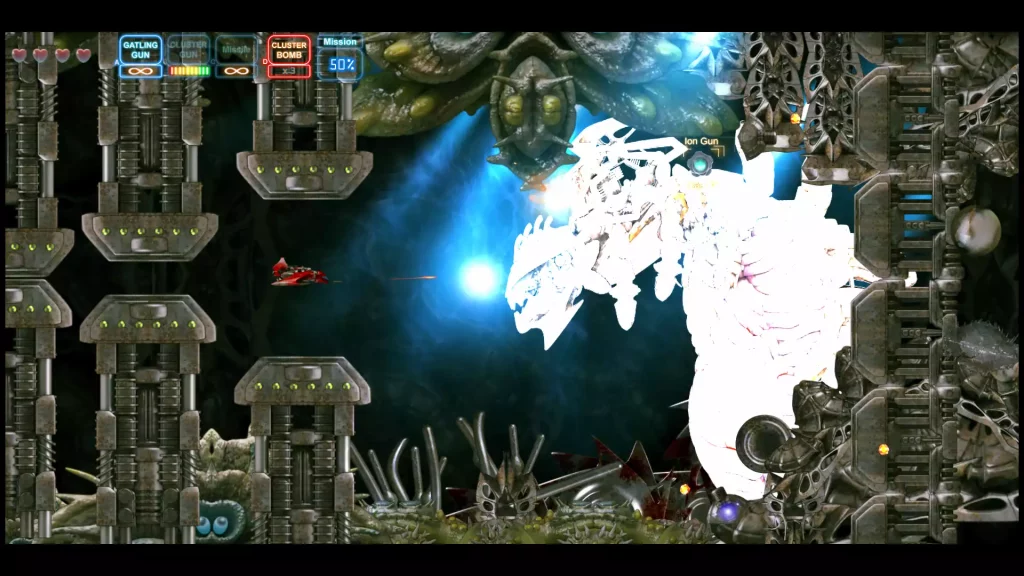
Mega Visions: What feelings do you have now that the game is finished and released?
Malagrino: Well, I am very proud. Not only because I have finished my game, but also to see so many happy fans who enjoy my game. It’s such a honor to be part of gaming history now. Who knows, maybe in 100 years my game will in some spacy high-tech museum, showing to kids in the future how games looked like in the past. ?
Mega Visions: The game is receiving high praise so far. What does it mean to you to see critical and fan appreciation for the game?
Malagrino: Any critic is welcome. Luckily they are mostly positive, but even if there a small negative critics, they are important for future projects. I listen always to every fan, because at the end, it’s thanks to them that my game has succeeded. For me, it’s surly the signal to go on with game development.
Mega Visions: The music features lots of fast and frenetic electronic beats. What were you hoping to achieve with the soundtrack?
Malagrino: I wanted to underline the mood of the game I know the music can influence the player a lot. If you play a game totally muted, you’ll notice that many games are not that frenetic or feel fast paced. It’s the music that influences you in moments of relaxation or moments full of adrenalin. I really like the soundtrack of Remote Life.
Mega Visions: What tips would you give to people first starting out in the game?
Malagrino: Make the tutorial first, so you learn how to use the commands properly. Oh, and keep a few extra ammo for the bosses. That’s it! ?
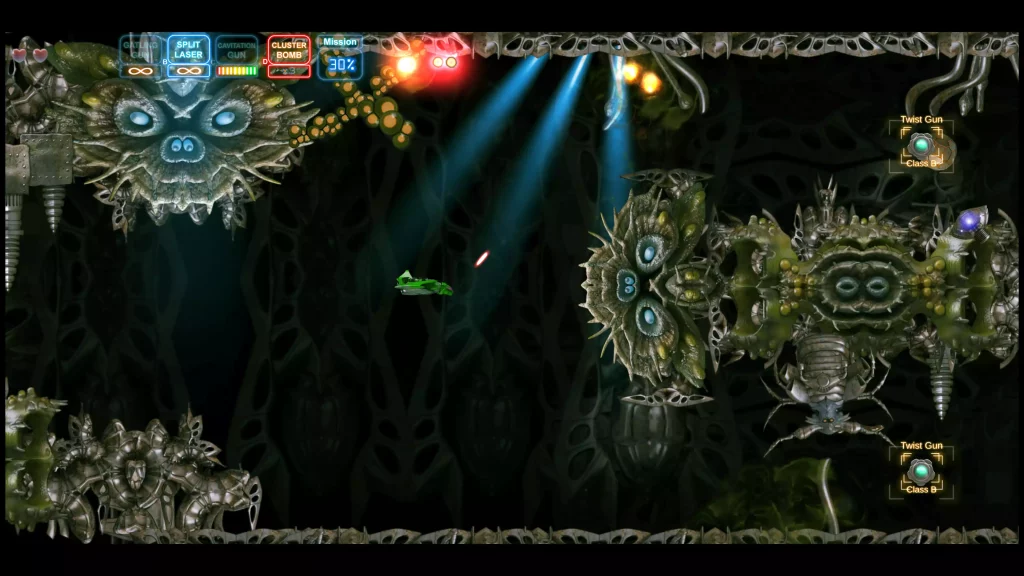
Mega Visions: Now that the game is released and you’re receiving more public feedback, do you plan any future updates to make any adjustments or tweaks?
Malagrino: I am always willing to improve my projects, so, if there are requests, I absolutely listen to those. It’s not easy, though, since there are often divergent requests. One guy told me once that the monsters are not scary enough, and another told me he had nightmares of the boss in level 1. It’s not easy to calibrate a game [to everyone’s personal preferences].
Mega Visions: Are you planning any future content updates for the game?
Malagrino: I don’t think there will be too many big changes, unless the gaming community is requesting them.
Mega Visions: Do you have any plans for your next project that you can discuss?
Malagrino: Development on Remote life 2 has already begun. It will be a cool platformer combined with shmup elements. It tells a great story (for now secret!). Additionally, I’m working on CRUDE – a great fantasy platformer.
Mega Visions: Thank you so much for your time, Mario. We wish you the best!
Remote Life is developed by Mario Malagrino at Next Game Level and published by Ratalaika Games. It was released May 27, 2022, on Nintendo Switch, PlayStation 4/5, Xbox Series X|S and Xbox One. You can purchase it on Steam, as well.
You can find more about Remote Life by visiting the official website at www.nextgamelevel.com.

